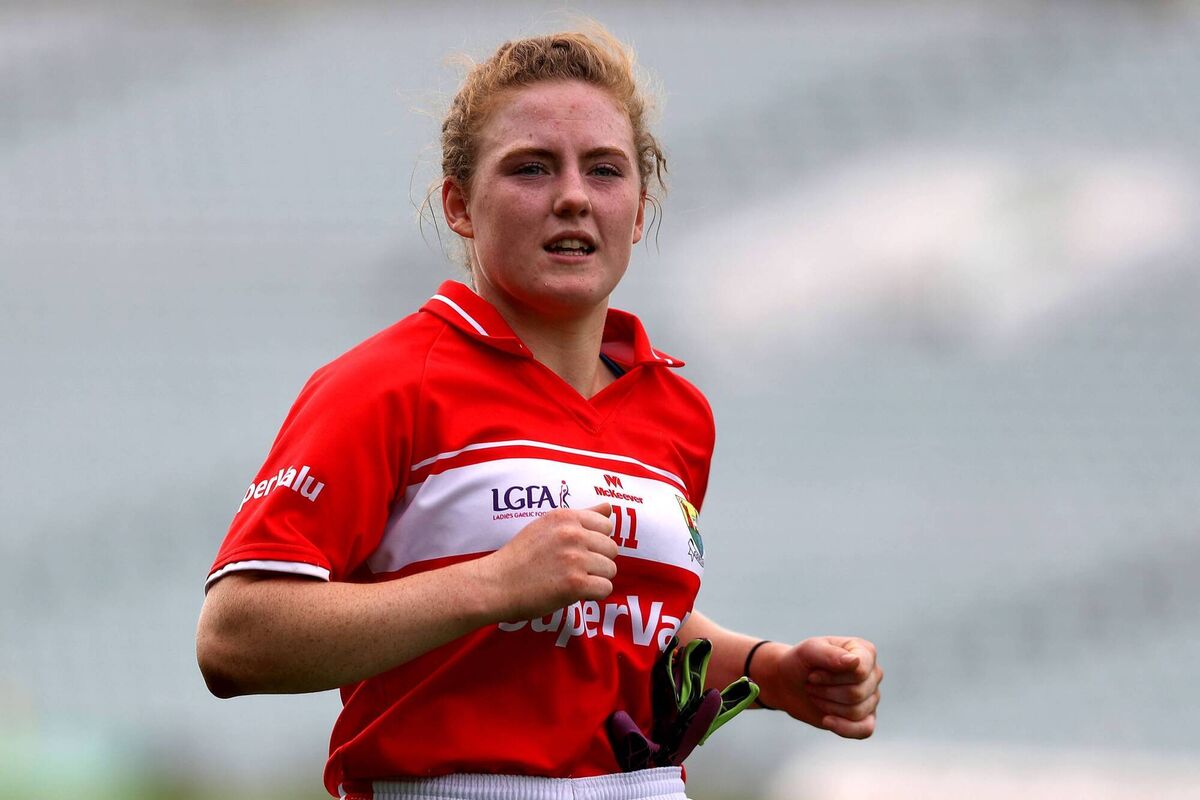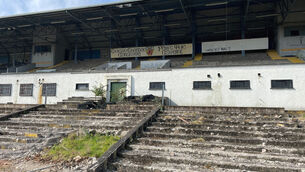Michael Moynihan: Happy 100th birthday to the great Roger Angell - who has a Cork connection, you know

Baseball journalist Roger Angell wasn’t a beat writer; he wasn’t a columnist; he would just tip away to spring training and games to write about whatever took his fancy
I forgot to mention a birthday to you a couple of weeks ago, and I am taking advantage of last week’s absence (sore leg, not recommended) to do so now.
Roger Angell turned 100 years old late last month. If you are a connoisseur of urbane fiction of a certain type you may know his work as an editor with the New Yorker magazine.
(There’s a Cork connection, because there’s always a Cork connection. Angell once said, “There are wonderful writers who need a lot of line-to-line editing and other writers for whom you barely have to change a semicolon. And in the latter group I would single out William Trevor.”)
However, if you are a mouth-breathing philistine like myself then you may know Angell’s baseball writing.
Angell wasn’t a beat writer, constantly working to get news of injuries and personnel changes; he wasn’t a columnist, tasked with pricking players’ vanity and provoking a response from fans (these, I am constantly reminded, are a columnist’s responsibilities).
No, in the early sixties the New Yorker editor Wallace Shawn suggested Angel tip away to spring training and games to write about whatever took his fancy (“We don’t want it to be sentimental, and we don’t want it to be tough,” said Shawn).
For decades Angell did just that. He meandered around games and stadia and described, in prose at once poetic and pin-sharp, exactly what it was he’d seen.
The classic Angell piece is fluent and discursive - rambling and exact at the same time - but his access to the great players of several eras meant he collected some great one-liners as well.
The great Bob Gibson - who died only last week - once set a strike-out record in the World Series and Angell recorded his response when asked afterwards if his achievement surprised him: “I’m never surprised by anything I do.”
Angell also drily noted Reggie Jackson’s ability to thank the Lord for helping him win a game - and to use that win as justification for a pay rise more or less in the same sentence.
The writer was also on hand when one of his favourites, Willie Stargell of the Pittsburgh Pirates was enduring a terrible slump. Stargell was the spiritual leader of his team but couldn’t get going in the World Series, and Angell asked him after one game how he kept going.
Stargell pointed to his four-year-old son nearby and said, “There’s a time in life when a man has to decide whether he’s going to be a man.”
There are any number of reasons to celebrate Angell’s work. For one, he came late to the trade: he was in his forties when he first started writing about baseball, which is encouraging for those of us who also discovered sportswriting in the late summer, if not the early autumn.
The sheer quality of his writing is another, not to mention the fact that he more or less invented a genre all his own - the lengthy piece which takes a wide-ranging view of a sport, one drawing anecdotes, interests, trends and one-liners together.
If that sounds a little precious, consider his fondness for jokes,
“A beat-up workman, who has been on some hard piece of work all day, comes into a diner and he says: ‘Give me a cup of coffee, a piece of pie and a few kind words.’ And the waitress comes and puts down the pie. And he says, ‘Hey! Hey! Where are the kind words?’ And she leans over and says: ‘Don’t eat the pie.’”
Happy birthday to the maestro.
Disappointing doesn’t quite cover the situation currently unspooling itself in camogie and ladies football, where a clash of fixtures on November 7 has made both organisations look ridiculous.
Cork are due to play Galway in camogie and Kerry in football on the same day, and the Leesiders have five dual players who are currently in a dilemma.

Great credit is due to the Galway camogie management for taking the initiative and at least offering to play the camogie game on November 8, but it need hardly be said that it shouldn’t be up to a particular team or county to resolve an issue that’s the responsibility of the governing body in the first place.
What makes this even more ludicrous is the fact that it’s not the first time it’s happened. Libby Coppinger, one of the players directly affected, told Eoghan Cormican of this parish last week: “For myself, it has been four years of the same thing every year. It happened in 2017 when the Ladies football All-Ireland quarter-final went ahead on the same day as the All-Ireland camogie semi-final. I played camogie and had to miss the football. You just can't do that.
"You never want to be making that choice. But I don't know if we are going to have to take some sort of bigger steps to prove that it is an issue and make them realise what is going on. We haven't fully decided anything.”
The positivity being generated about 20x20 and ‘can’t see can’t be’ is being undermined by a baffling unwillingness to work together on fixtures here - one which, as Coppinger points out vividly, is happening over and over.
The ultimate end game, pardon the pun, may become a matter with serious repercussions for player welfare, strong and direct action by the WGPA, the Camogie Association and LGFA being subsumed into the GAA - or a mixture of all three.
But right now it certainly looks obvious that decisive action is needed to avoid further reputational damage.
We are to have yellow sliotars in this year’s championship, if and when, etc.
If this is based on yellow’s higher visibility I hope the research is based on something a step above the urban legend that turned New York’s taxis yellow.

John Hertz (later of Hertz Car Rentals fame) announced in 1915 that an obscure university study of the time stated yellow with a touch of red was the most visible colour at a distance.
More modern research suggests the eye picks up shades of green with more accuracy, however, and Hertz’s ‘study’ remains the object of some suspicion.
Yet you will hear people swear blind that yes, those yellow cabs are far easier to see at night (an unscientific claim often outflanked by the common-sense observation that few other cars are painted yellow, hence increasing the chances of a canary-coloured car being a cab).
In any event, long life to the yellow sliotar.
A few options on the bookshelves this weekend. Martin Amis looks like he’s adopting the Knausgaard approach when it comes to fact and fiction, and there can’t be a better sentence-writer around.
The Tom Stoppard biography looks interesting - where else are you going to learn he got a seven-figure sum for rewriting the script of Empire of the Sun?
Only one necessary purchase this week, however - Everything by Denis Coughlan with Tadhg Coakley. If we don’t look out for our own what are we at?








